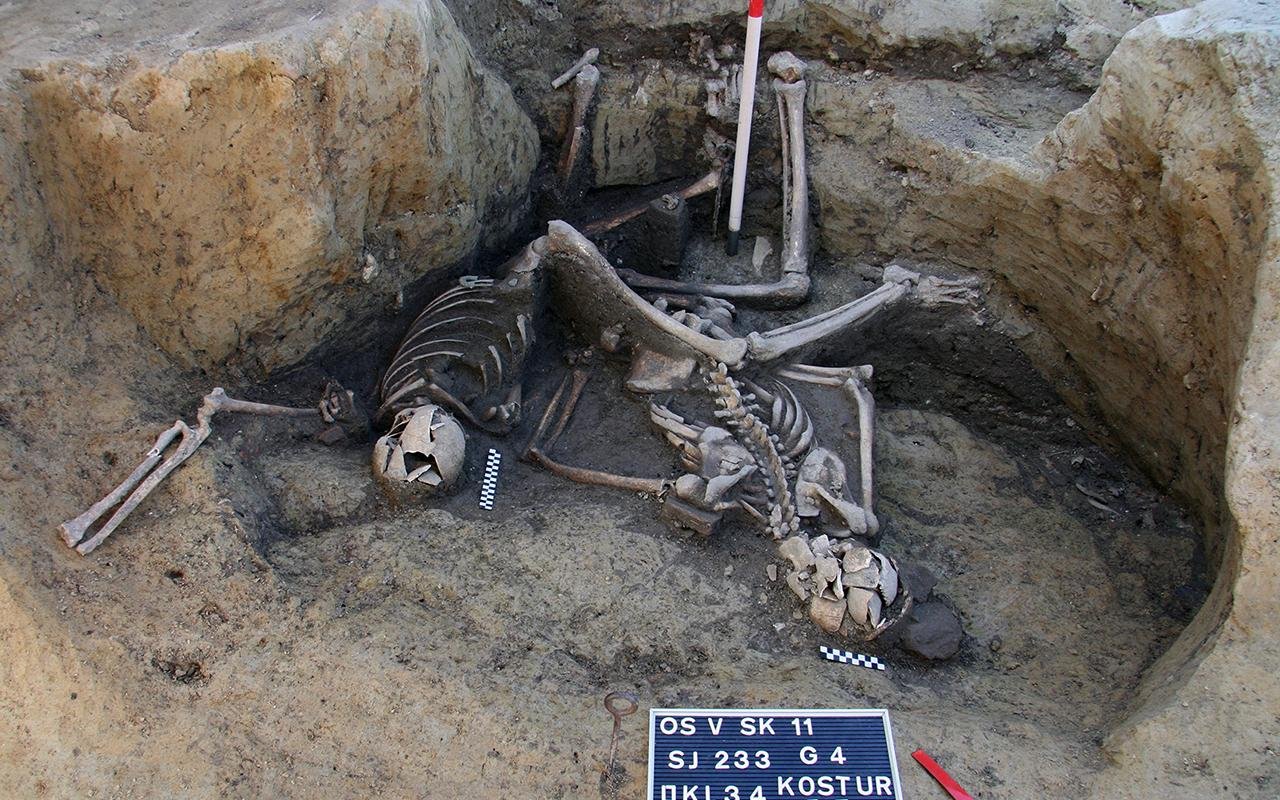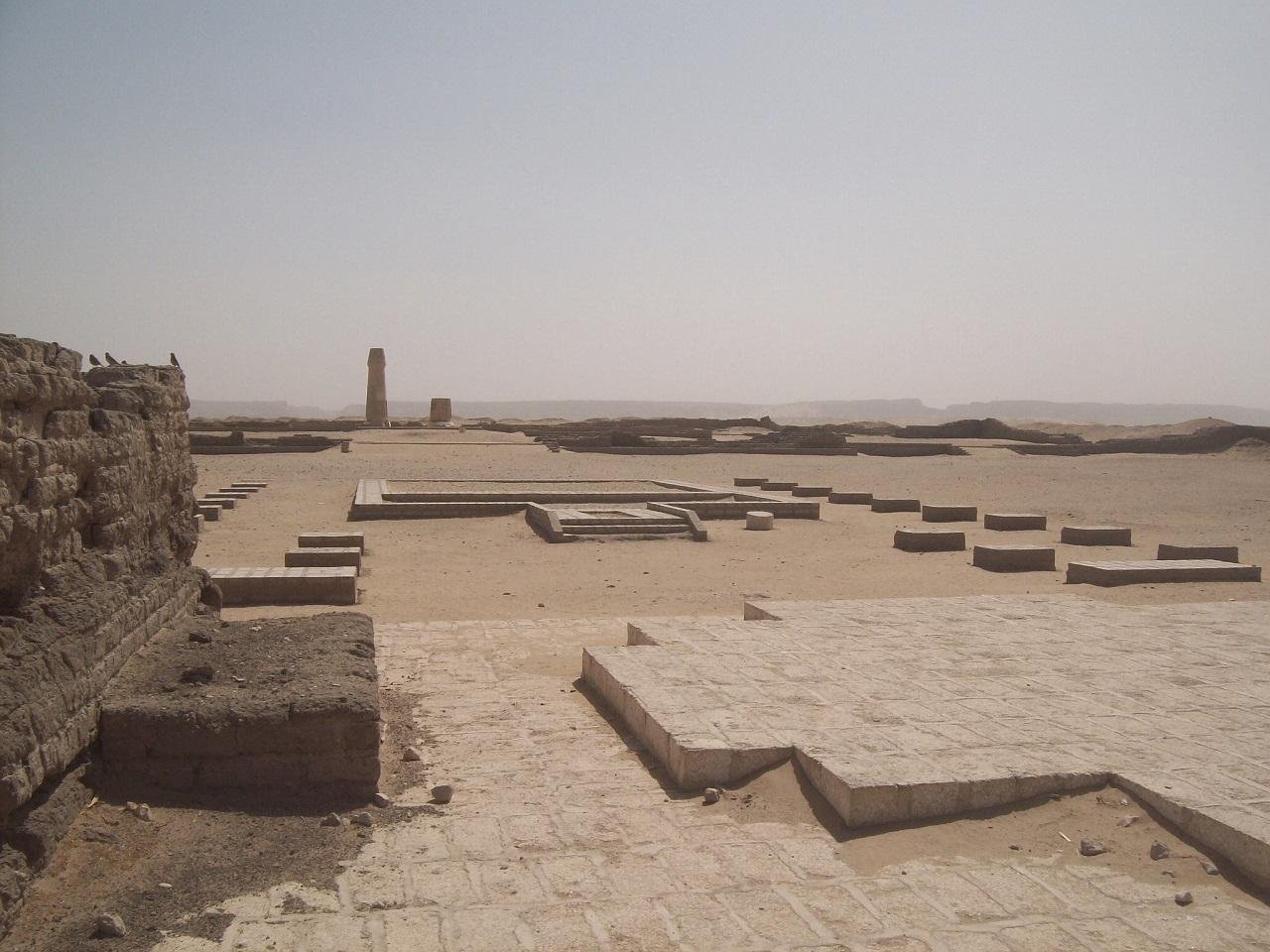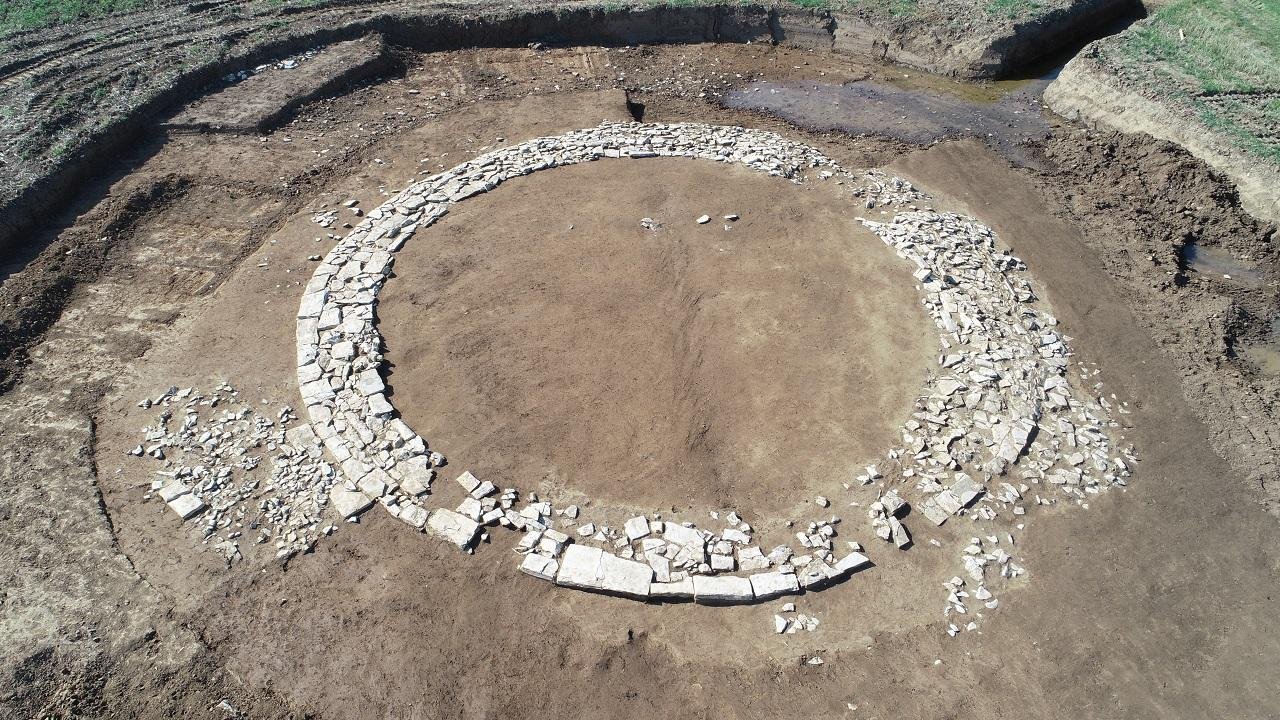Japanese archaeologists digitally and physically reconstructed prehistoric fishing nets dating back more than 6,000 years, a leap in the exploration of the Jomon period’s technology. The research, carried out by a team from Kumamoto University and published in the Journal of Archaeological Science, used high-tech X-ray computed tomography (CT) scanning and silicone casting to unveil the structure of nets that prehistoric communities had woven but that had long since decayed.
 Ancient Japanese fishing nets resurrected with X-ray CT scans. Credit: Obata, H., & Lee, Y.-J. Journal of Archaeological Science (2025)
Ancient Japanese fishing nets resurrected with X-ray CT scans. Credit: Obata, H., & Lee, Y.-J. Journal of Archaeological Science (2025)
The Jomon period, which stretched from around 14,000 to 900 BCE, was an age when fishing was at the center of life across the Japanese archipelago. Archaeologists have found remains of fish, shell mounds, and fishing gear, yet the physical form of nets—a central part of subsistence and craft activities—remained elusive. The new study informs us about what these objects looked like and how they were reused in unexpected ways.
Researchers examined pottery fragments excavated in two vastly disparate places: Hokkaido in the north and Kyushu in the south. CT scans of Hokkaido’s Early Jomon Shizunai-Nakano style pottery revealed impressions of large-mesh nets with strong reef knots. Nets, not only utilized for ocean fishing, were also being reused as reinforcement when constructing pottery. In Kyushu, Final Jomon and early Yayoi period remains preserved fine-mesh nets tied with less complicated knots or “knotted wrapping” techniques. These nets, unlike those in the north, were likely used as bags, molds, or release agents in the production of ceramics.
The study also revealed subtle differences, such as thread twist direction and knotting, which reflect regional differences in weaving traditions. These differences suggest cultural preferences in addition to practical needs. For example, the small-mesh nets of less than 6.5 millimeters found in Kyushu pottery were probably not fishing nets at all but instead were used for other purposes, perhaps as containers.
 X-ray 3D images and cross-sectional images showing the distribution of cavities from nets incorporated into Shizunai-Nakano style pottery. 1: Nakanodai A site, 2: Shiomidai site, 3: Tobinodai site. Credit: Obata, H., & Lee, Y.-J. Journal of Archaeological Science (2025)
X-ray 3D images and cross-sectional images showing the distribution of cavities from nets incorporated into Shizunai-Nakano style pottery. 1: Nakanodai A site, 2: Shiomidai site, 3: Tobinodai site. Credit: Obata, H., & Lee, Y.-J. Journal of Archaeological Science (2025)
One of the most striking aspects of the research is the estimated labor. It may have taken more than 85 hours of skilled labor to create a single fishing net, which speaks both to the value of these tools and the cultural imperative to reuse them. Nets were too costly to be used only once and then cast aside; instead, they were given “second lives” as part of pottery-making processes. This represents an early awareness of resource conservation—an ancient parallel to our own emphasis on sustainability today.
To date, the majority of fiber impressions on ceramics have been explained as remnants of fishing equipment. The recent study shows that such ᴀssumptions overlook their complexity. Nets were versatile tools that moved across domains of daily life, from food gathering to craft production. Their imprints indicate a complex material culture where objects could shift functions over time.
 Cross-section image and 3D image by X-ray Scanner and SEM images of the threads in Shizunai-Nakano style pottery. Credit: Obata, H., & Lee, Y.-J. Journal of Archaeological Science (2025)
Cross-section image and 3D image by X-ray Scanner and SEM images of the threads in Shizunai-Nakano style pottery. Credit: Obata, H., & Lee, Y.-J. Journal of Archaeological Science (2025)
Beyond explaining Jomon practice, the study shows how new technologies have the power to revive traces of organic materials that would not normally remain in the archaeological record. By combining CT scanning and silicone casting, not only did researchers preserve fragile impressions, but they also created high-quality reconstructions for study. This methodological advancement could be applied to pottery from around the world, opening doors to rediscover vanished textiles, containers, or other woven items.
More information: Obata, H., & Lee, Y.-J. (2025). Nets hidden in pottery: Resurrected fishing nets in the Jomon period, Japan. Journal of Archaeological Science, 179(106231), 106231. doi:10.1016/j.jas.2025.106231




